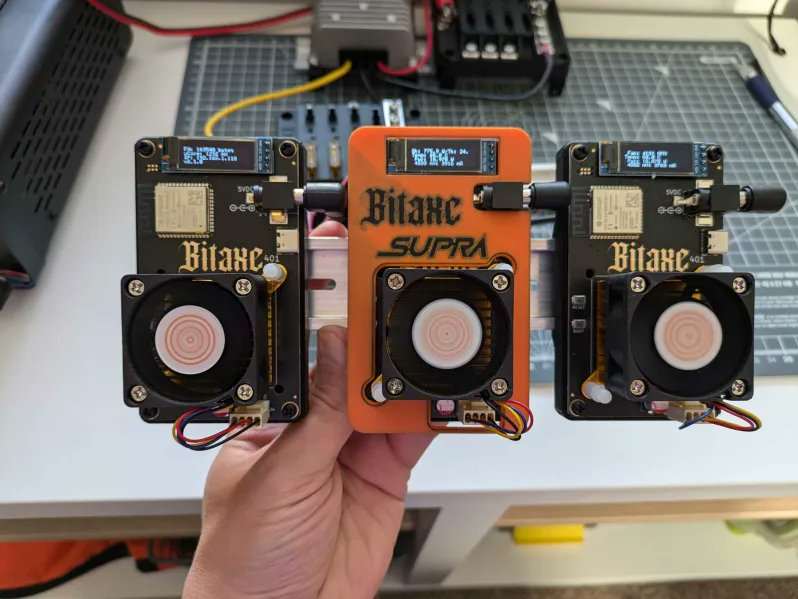How to Mine Bitcoin with Bitaxe: A Comprehensive Guide
Bitcoin mining has evolved significantly since the inception of the digital currency, transitioning from CPU and GPU mining to specialized ASIC miners. Among the latest innovations in this space is the Bitaxe, an open-source ASIC miner designed to democratize and decentralize Bitcoin mining.
This guide will walk you through the process of mining Bitcoin using the Bitaxe, highlighting its features, setup process, and tips for optimizing your mining experience.

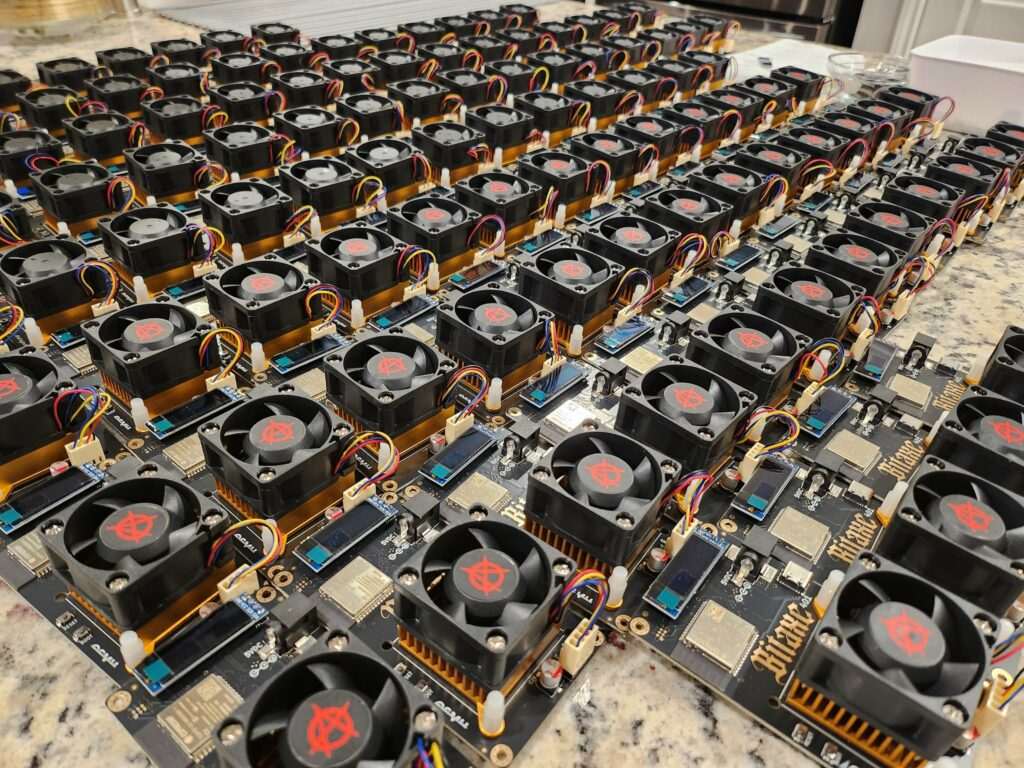


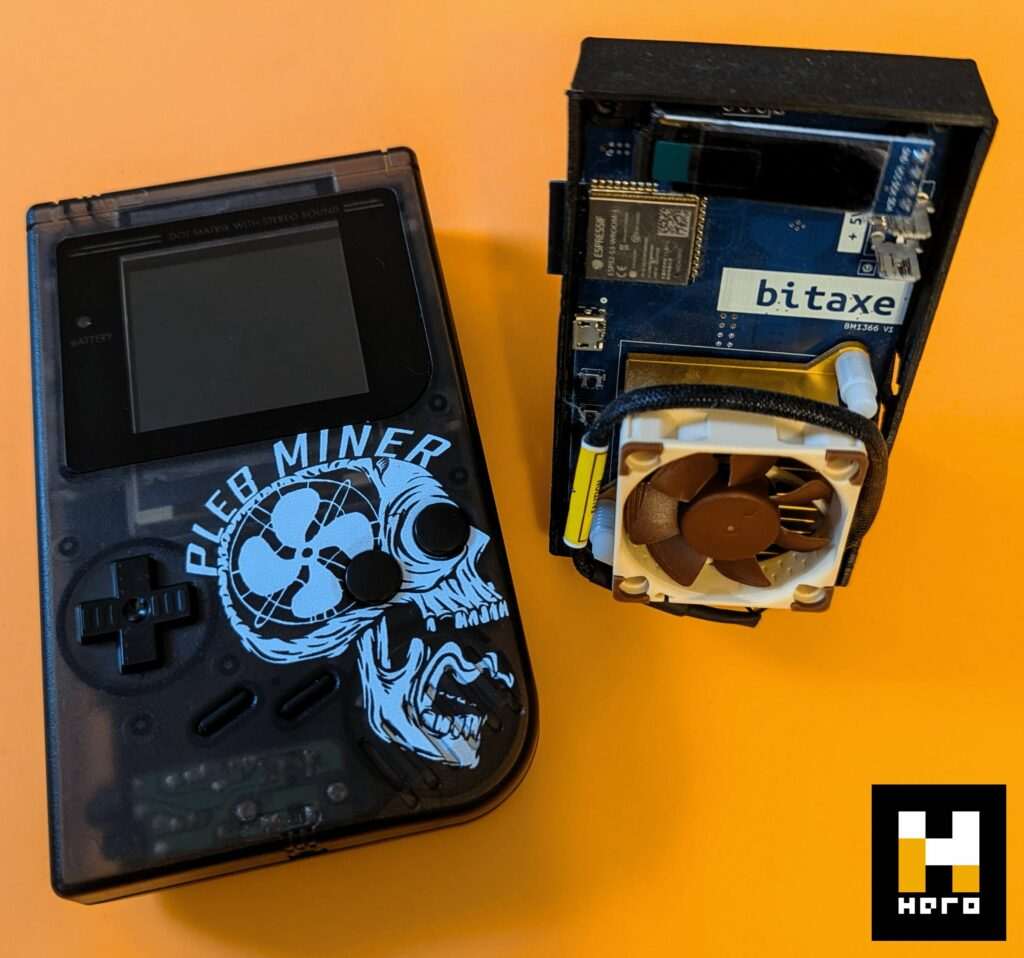
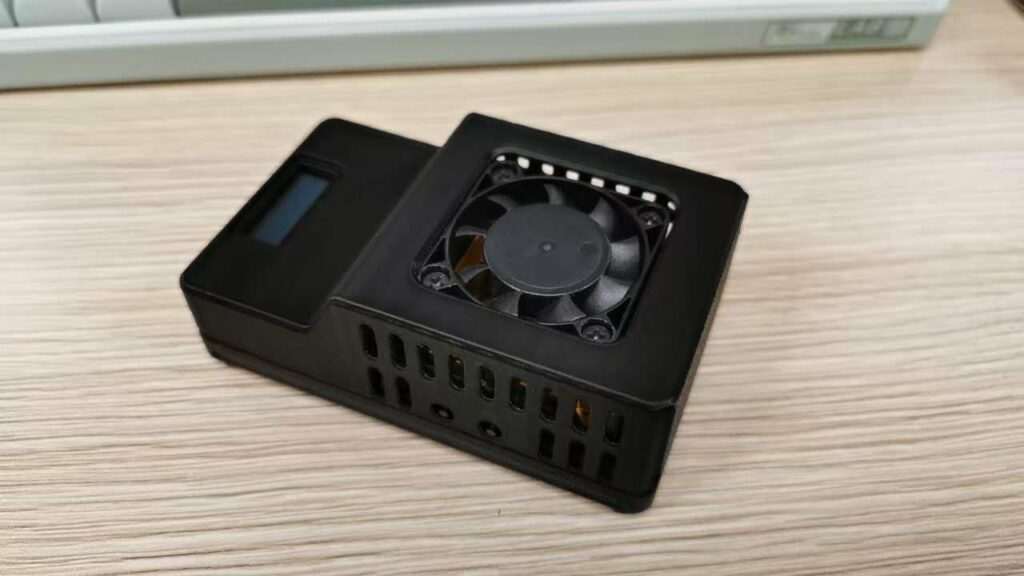
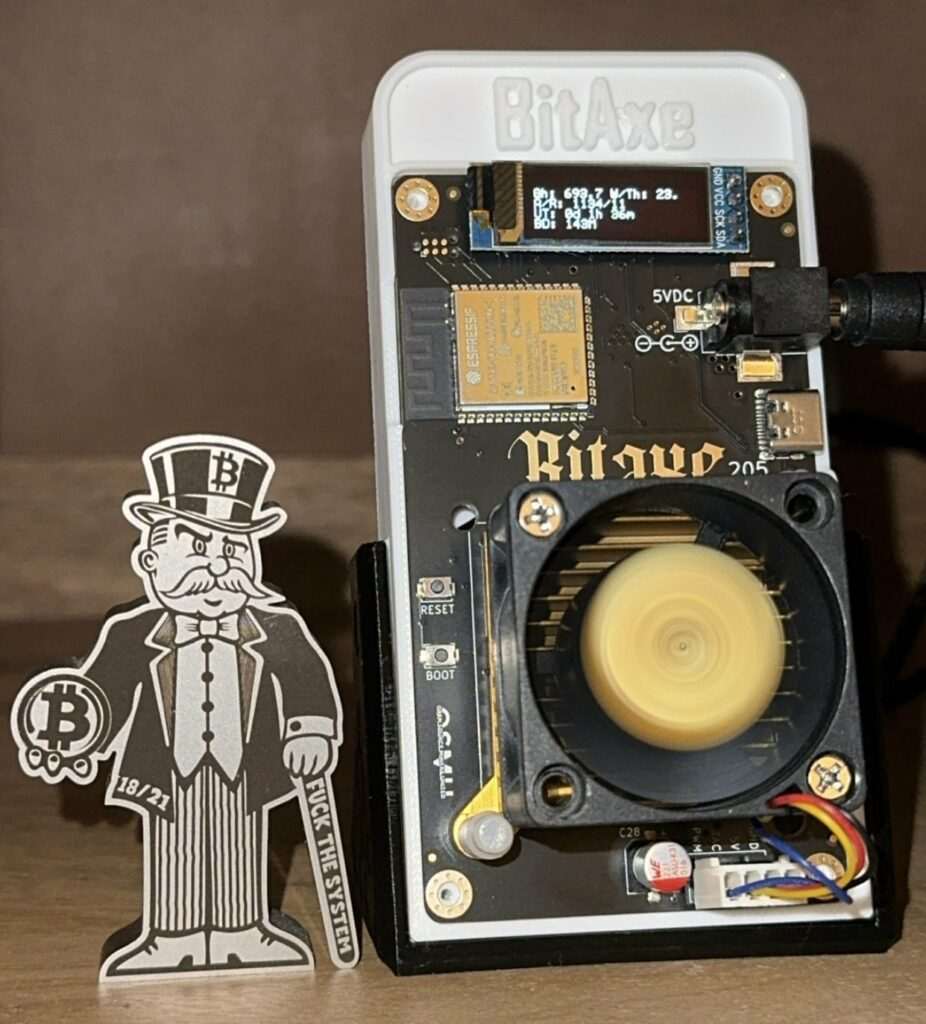
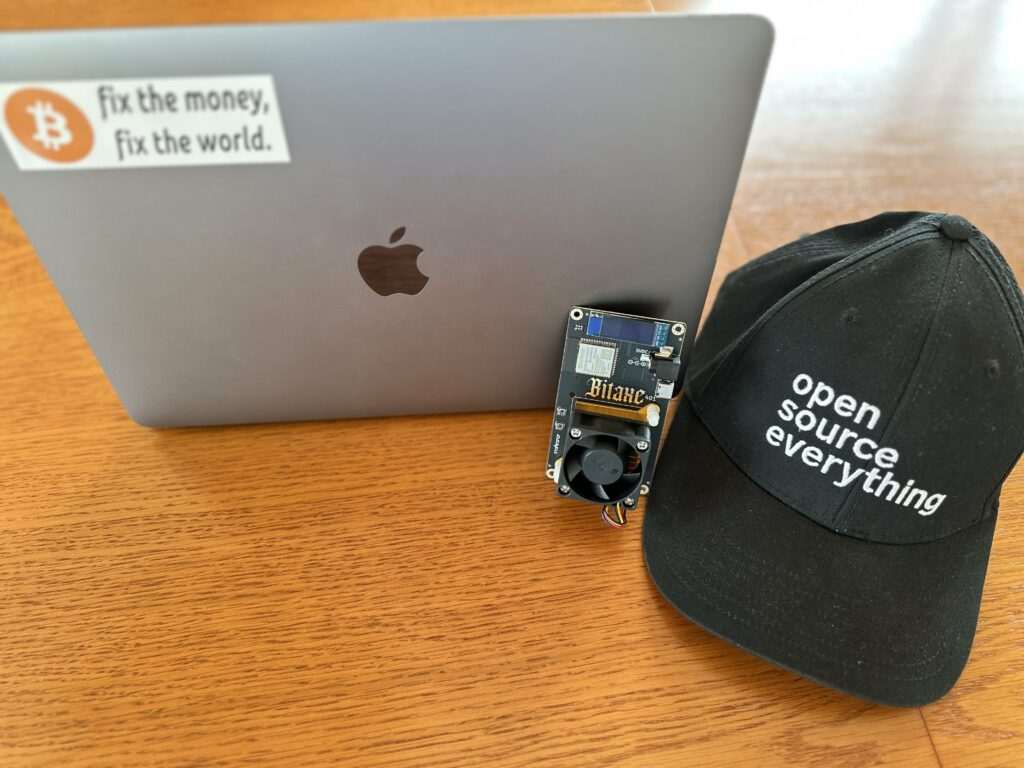
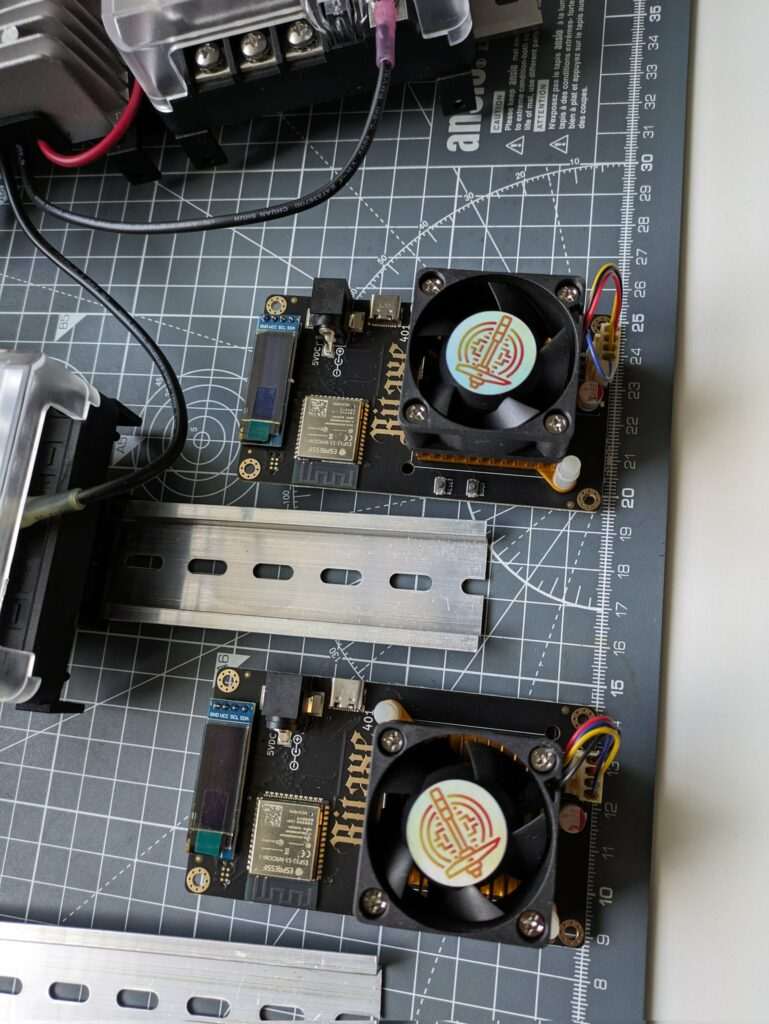

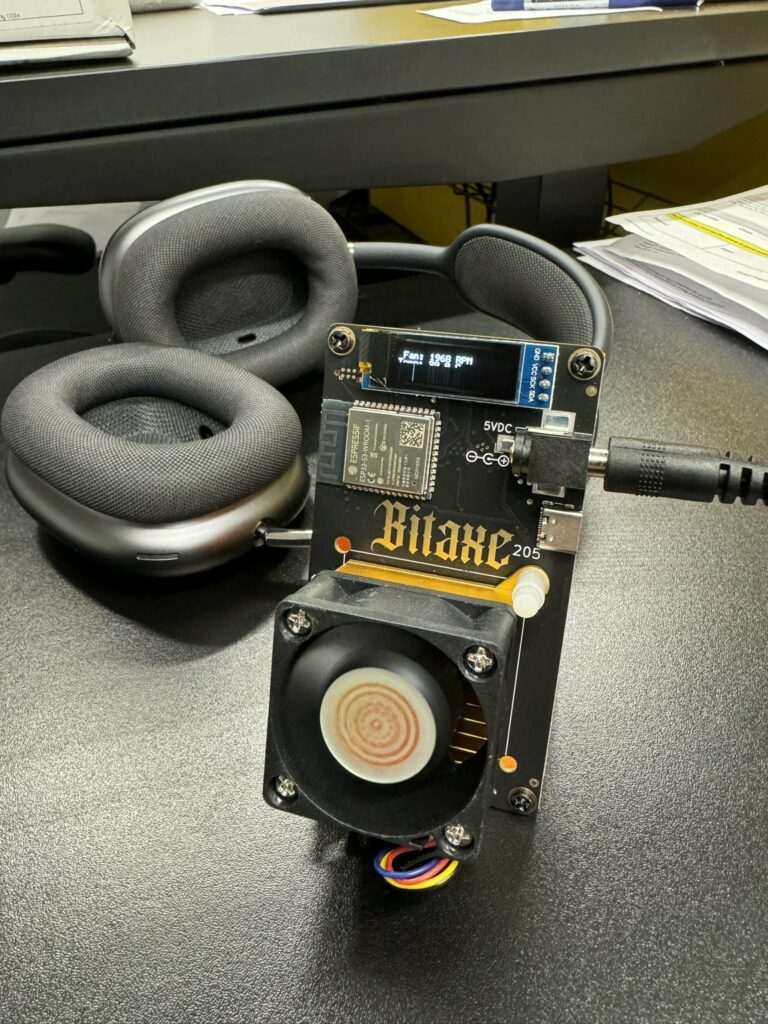
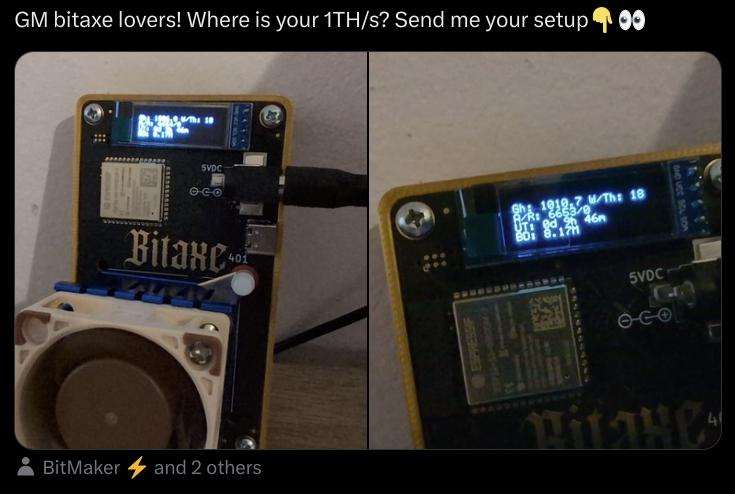
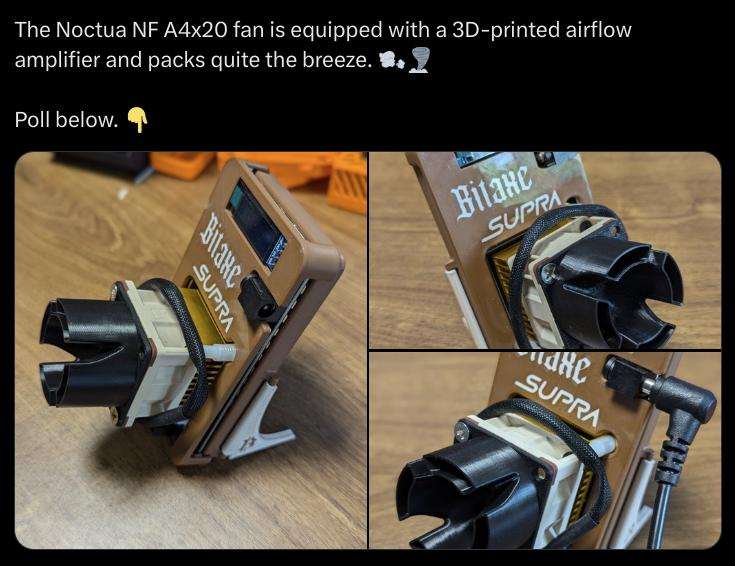


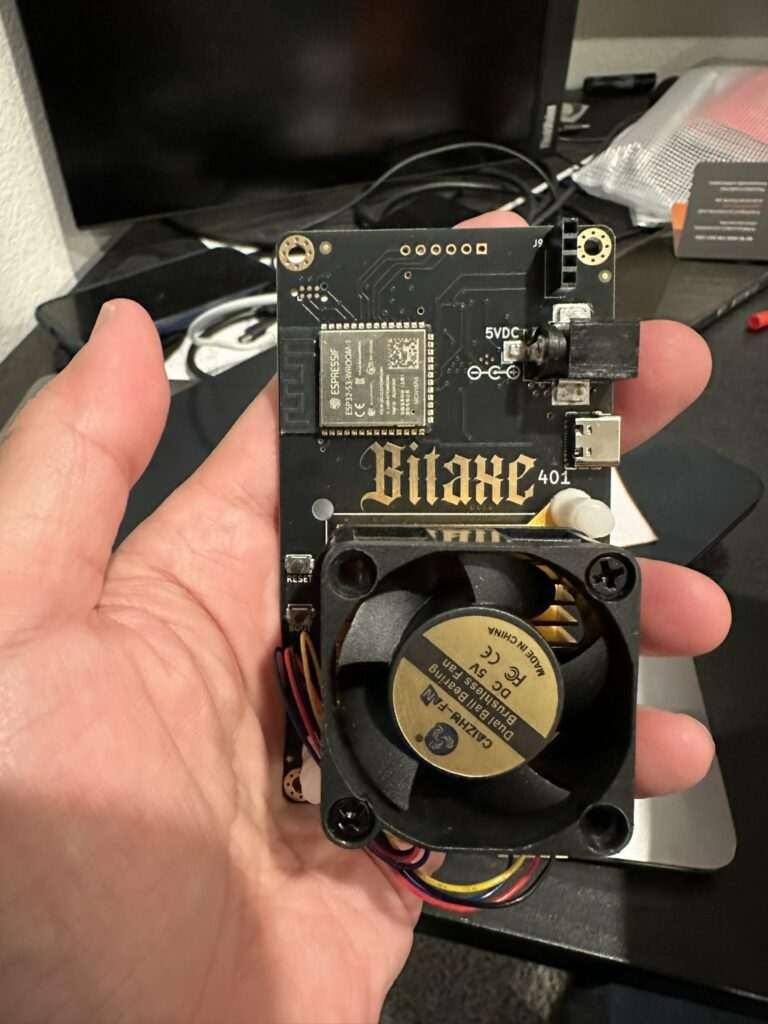

Understanding Bitaxe Solomining
The Bitaxe series, developed by Skot9000 and the Open Source Miners United (OSMU), is notable for its commitment to open-source principles. This means that users can modify and improve the hardware and software, fostering a community-driven approach to mining. The Bitaxe miners are designed for accessibility, efficiency, and customization, making them suitable for both beginners and experienced miners.
Why Everyone Wants a Bitaxe
The surge in interest surrounding the Bitaxe series of miners can be attributed to several compelling factors, particularly its role in the evolving landscape of Bitcoin mining. As more individuals seek to participate in the Bitcoin network, the Bitaxe offers a unique combination of accessibility, efficiency, and community-driven innovation. One of the most enticing aspects of mining with a Bitaxe is the opportunity to engage in what can be likened to a “lottery” of winning a block reward.
The Bitcoin Mining Lottery and Chances of Winning a Block Reward
At its core, Bitcoin mining is a competition to find a random number. When a miner successfully finds this number or ‘nonce’, they create a new block and are rewarded with a certain amount of Bitcoin.
This reward serves as both an incentive for miners and a method for introducing new Bitcoins into circulation. The process can be compared to a lottery, where the odds of winning depend on the miner’s hashing power relative to the total hashing power of the network.
How the Lottery Works
- Hashing Power: Each miner contributes hashing power to the network, which is measured in hashes per second (H/s). The more hashing power a miner has, the higher their chances of solving the next block.
- Difficulty Adjustment: Bitcoin’s network adjusts the difficulty of solving blocks approximately every two weeks to ensure that blocks are mined roughly every ten minutes. This means that as more miners join the network and contribute hashing power, the difficulty increases, making it harder to find a block.
- Randomness of Block Discovery: Despite the mathematical nature of mining, the process of finding a block is inherently random. Miners continuously generate hashes until they find one that meets the current difficulty target. This randomness means that even miners with lower hashing power can occasionally win the lottery by discovering a block.
- Reward Structure: When a miner successfully mines a block, they receive a block reward, which currently stands at around 3 BTC (as of the last halving in May 2024). This reward is supplemented by transaction fees from the transactions included in the block, further enhancing the potential earnings.
The Appeal of Bitaxe in the Bitcoin Mining Lottery
The Bitaxe miners are particularly appealing for several reasons:
- Decentralization: By empowering individual miners to participate in the Bitcoin network, Bitaxe contributes to a more decentralized mining ecosystem. This decentralization is crucial for maintaining the integrity and security of the Bitcoin network.
- Accessibility: The Bitaxe series is designed to be user-friendly and accessible to a wide range of users, from beginners to experienced miners. This inclusivity allows more people to engage in mining, increasing their chances of winning the block reward lottery.
- Community Support: The open-source nature of Bitaxe fosters a strong community where users can share experiences, tips, and strategies. This collaborative environment enhances the overall mining experience and provides valuable insights into optimizing mining operations.
- Potential for High Rewards: The possibility of winning a block reward is a significant draw for many miners. Even with lower hashing power, the chance to participate in this lottery motivates users to invest in Bitaxe miners and join the mining community.
Key Features of Bitaxe
- Open-Source Design: Allows for community-driven improvements and customization.
- Standalone Capabilities: Can operate over Wi-Fi, simplifying the setup process.
- High-Efficiency ASIC Chips: Offers impressive hash rates with moderate power consumption.
- Variety of Models: Different models cater to various mining needs and experience levels.
- Active Community Support: Users can benefit from shared knowledge and tips through the OSMU community.
Getting Started: Setting Up Your Bitaxe Miner
Setting up your Bitaxe miner is a straightforward process. Follow these steps to get started:
1. Unboxing and Inspection
Carefully unpack your Bitaxe miner and inspect all components for any shipping damage. Ensure that all parts are included as per the specifications.
2. Power Supply Connection
Connect your Bitaxe to a suitable power supply. Different models may have varying power requirements, so refer to the specifications for your specific model.
3. Network Connection
The Bitaxe series supports Wi-Fi connections, making it easy to connect to your local network. Ensure that your Wi-Fi network operates on a compatible frequency (2.4 GHz is recommended).
4. Software Configuration
Access the Bitaxe web interface to configure your mining settings. This includes:
- Setting up your Bitcoin wallet address for receiving rewards.
- Choosing a mining pool if you opt not to mine solo.
5. Optimization
Fine-tune your settings for optimal performance. This may involve adjusting clock speeds and power limits based on your operating environment.
Choosing the Right Bitaxe Model
The Bitaxe series includes several models, each with unique features:
- Bitaxe Max: Ideal for beginners, offering a balance of performance and accessibility. It operates on just 15W and delivers a hash rate of up to 400 GH/s.
- Bitaxe Ultra: Designed for those seeking high efficiency, this model also runs on 15W but provides a hash rate of up to 500 GH/s.
- Bitaxe Supra: The most powerful model, capable of exceeding 600 GH/s while consuming only 11W.
Selecting the right model depends on your mining goals, budget, and energy consumption preferences.
Mining Pools vs. Solo Mining
When using Bitaxe, you can choose between mining solo or joining a mining pool.
- Solo Mining: This involves mining independently. While it can be more rewarding if you successfully mine a block, the chances of doing so are lower, especially for beginners.
- Mining Pools: By joining a pool, you combine your hashing power with other miners, increasing the likelihood of earning Bitcoin. Rewards are distributed based on the amount of work contributed.
Tips for Optimizing Your Bitaxe Mining Experience
- Ensure Proper Ventilation: Proper airflow is crucial to prevent overheating, which can damage your miner and reduce efficiency.
- Stable Internet Connection: A reliable internet connection is essential for consistent mining. Avoid interruptions to maximize your uptime.
- Regular Firmware Updates: Keep your Bitaxe firmware up to date to benefit from the latest features and security improvements.
- Join the OSMU Community: Engaging with the community can provide valuable insights, troubleshooting tips, and updates on best practices.
- Monitor Performance: Use the Bitaxe web interface to track your miner’s performance, including hash rate and power consumption. Adjust settings as needed for optimal efficiency.
Understanding the Economics of Bitcoin Mining
Before diving into mining, it’s essential to understand the economic factors involved:
- Electricity Costs: Mining consumes a significant amount of electricity. Calculate your electricity costs based on your local rates and the power consumption of your Bitaxe model.
- Bitcoin Price Volatility: The profitability of mining is closely tied to the price of Bitcoin. Consider market trends and potential future prices when assessing your mining strategy.
- Mining Difficulty: Bitcoin’s mining difficulty adjusts approximately every two weeks. Higher difficulty means more competition and lower chances of earning rewards.
Conclusion
Mining Bitcoin with Bitaxe offers a unique opportunity to participate in the cryptocurrency ecosystem while contributing to its decentralization. With its open-source design, efficient performance, and supportive community, Bitaxe is paving the way for a new generation of miners. By following the steps outlined in this guide, you can set up your Bitaxe miner and embark on your Bitcoin mining journey with confidence.
As you explore the world of mining, remember to stay informed about the latest developments in the industry, engage with the community, and continually optimize your setup for the best results. Happy mining!
Citations:
[1] https://d-central.tech/comprehensive-guide-to-the-bitaxe-the-open-source-asic-miner-revolutionizing-solo-mining/
[2] https://d-central.tech/product/the-bitaxe/
[3] https://www.youtube.com/watch?v=nUuXG0EOmfY
[4] https://www.youtube.com/watch?v=jC-Wp4J4Jb4
[5] https://bitaxe.org
[6] https://www.youtube.com/watch?v=7W0ieWEy2Xc
[7] https://www.theadventurists.com/guides/mongol-rally/
[8] https://www.reddit.com/r/VietNam/comments/14nsv3k/using_grab_motorbikes_to_travel_as_a_group/

